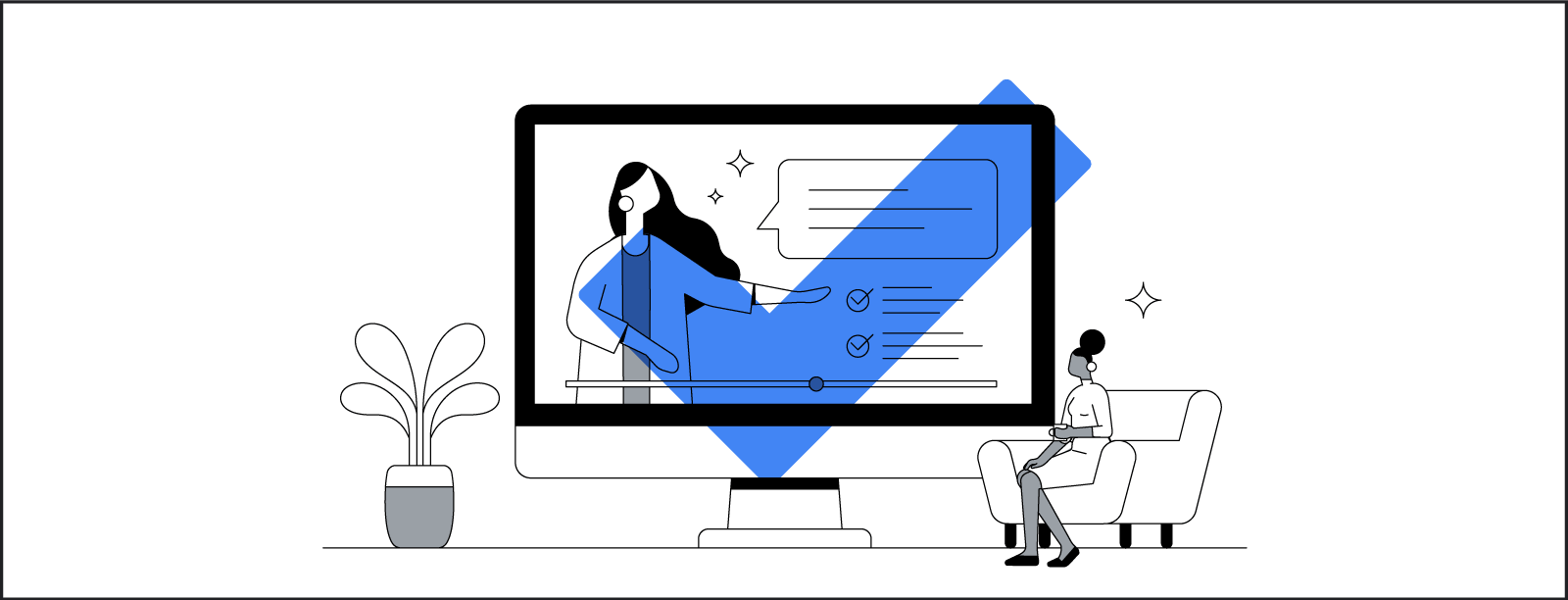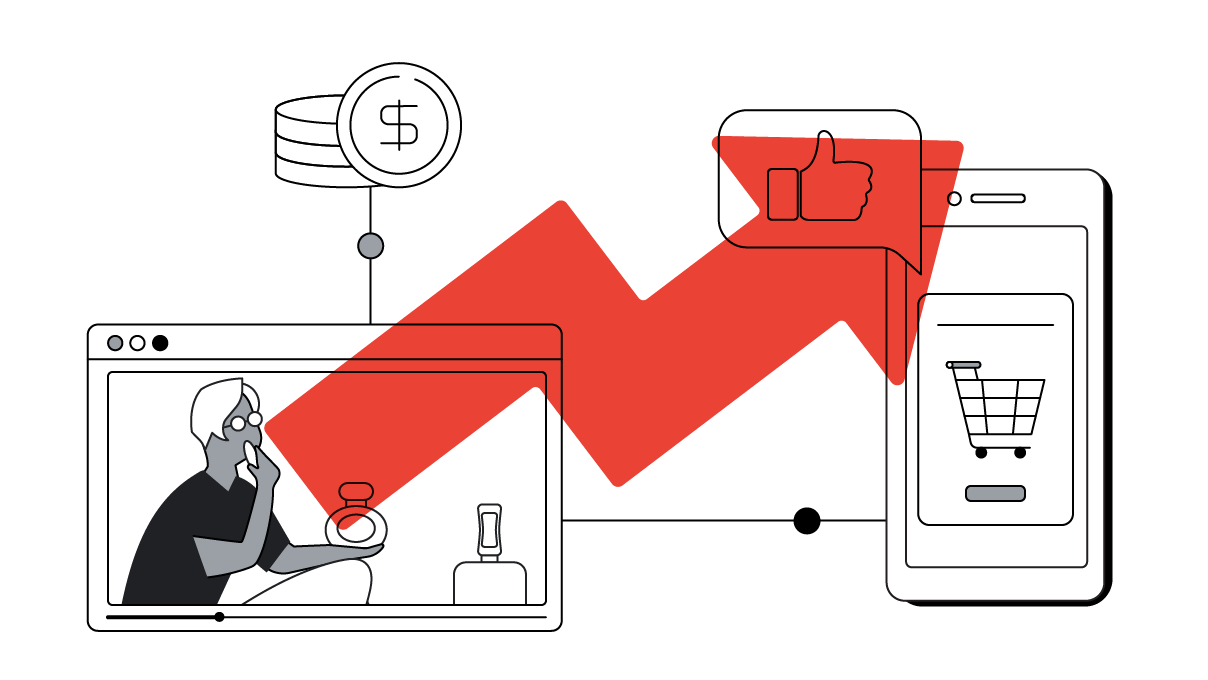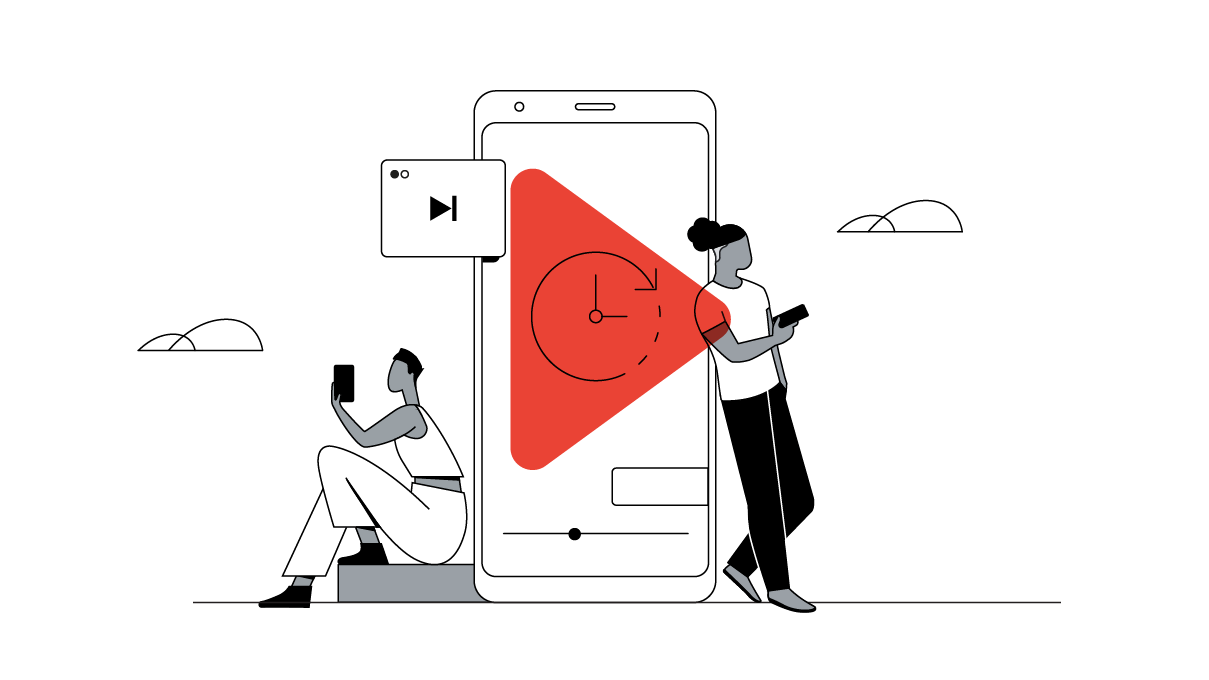
The past year has been one of postponed and canceled events; weddings, graduations, and holiday celebrations were all put on hold. The same was true in the world of marketing. In 2020, 87% of marketers pulled the plug on some of the events they had planned.
In spite of all the upheaval, there was some good news for marketers looking to debut a product in the middle of a pandemic. As product launches moved online, a trend we were already seeing but that the pandemic accelerated, it quickly became clear that, when carefully planned and executed, virtual events have a number of benefits over live ones. For example, they allow for flexible selective audience targeting, wider reach, higher engagement, and the opportunity for near real-time follow-up, all at a reduced cost. As for audiences, 56% of people say that watching live streams can be just as good as being at an event in person.
But, in a time of Zoom fatigue, what does it take to pull off a successful virtual launch? We work on Google’s Global Creative Works team, where we partner with some of the world’s leading brands to understand what makes for effective creative, and this is a question we’ve been hearing a lot from clients. To answer it, we went on a listening tour, speaking to experts from the tech, auto, and fashion industries. And the main thing we learned: A launch is no longer one single moment. In 2020, the most successful virtual product launches followed a distinct pattern: a prelaunch, a launch event, and a post-launch follow-up.
When carefully planned and executed, virtual events have a number of benefits over live ones.
Here’s how to optimize each of these three steps to ensure your virtual product launch has a big impact.
1. Set the stage with your prelaunch
The first rule of a successful virtual launch is to get your work done early. How did brands manage to plan ahead with so much uncertainty in 2020? They worked with what they had, even if details for the launch event were not yet finalized. For example, for Galaxy Unpacked 2020, Samsung used its brand assets to drive excitement for the big launch, proving that you can sell an event without revealing the product.
If you treat your prelaunch as a “save the date” for the big reveal, you can generate buzz and excitement even before you have finalized the details.
We also witnessed the power of nostalgia in several prelaunches, as both Sony and Puma worked hard to connect potential customers to fond memories they had of earlier versions of yet-to-be released products.
Even while they were still ironing out details, the most successful virtual launches made sure to get as much logistical information into their prelaunch material as possible. For example, ahead of the launch of her new album, which would stream live on YouTube, Taylor Swift ran a short ad sharing the date and time of the launch, as well as a link where people could sign up and get reminders.
If you treat your prelaunch as a “save the date” for the big reveal, you can generate buzz and excitement even before you have finalized the details.
2. Ensure your launch event cuts through the noise
Launch day is the moment you’ve been building up to and, at this point, your marketing should have one goal: getting as many people as possible through your virtual door.
How did brands achieve that at a time when people were drowning in invites to virtual happy hours, Zoom family trivias, and online company all-hands? Those who broke through the noise constantly reminded people of and directed them to their live event, like Amazon did with this 15-second ad for the Savage X Fenty fashion show.
We also saw brands stand out by using countdowns to inspire a sense of urgency and generate FOMO, like Ford did for the virtual launch of its new pickup truck. Once people enter the virtual space, you need to continue engaging with them to get them to stay. We saw brands use YouTube features, such as the live chat option, to continue the conversation and interact with their audience.
3. Remain top of mind with post-launch efforts
Once the event is over, it can be tempting to pat yourself on the back over a job well done and move onto the next thing. But brands with the most successful virtual product launches last year made sure to double down on their promotional efforts.
We saw that play out in two ways, depending on the type of product being launched. Where the product was available immediately — something we see a lot in the tech industry — brands followed up launches with creative that told people where and how to buy the product right away.
A launch is no longer a single moment; it’s a series of moments that work together, building on one another.
For products that have something of a waiting period, as is often the case in the auto industry, the most successful virtual launches included a post-event campaign that highlighted the features and showed people how to try the product virtually. That allowed the product to stay top of mind with potential customers.
Planning for another year of virtual launches
There will almost certainly be even more virtual events in the coming year, so it’s important to remember: A launch is no longer a single moment; it’s a series of moments that work together, building on one another. With that in mind, marketers have the chance to turn what started out as a constraint into something positive.








